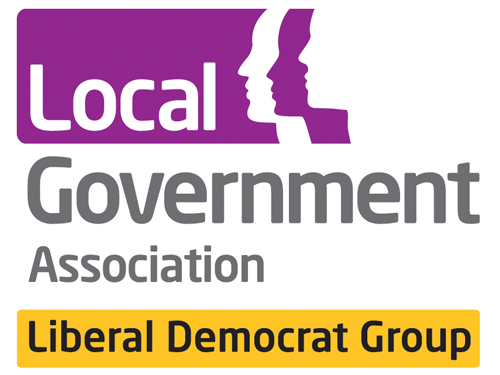
Record demand for sexual health services in England has seen visits to clinics reach 3.3 million a year, putting the system under huge pressure and leaving people facing longer waits for appointments, council leaders warn.
The Local Government Association, which represents 370 councils in England and Wales, says the surge in demand is happening at the same time as cuts to funding for councils’ vital public health services.
Latest figures show there were 3,323,275 attendances at sexual health clinics in England in 2017, up 13 per cent on the 2,940,779 attendances in 2013, which is the equivalent of an extra 210 a day, or 1,471 a week.
The total number of sexual health screens (tests for chlamydia, gonorrhoea, syphilis and HIV) has risen 18 per cent during this time period, from 1,513,288 in 2013 to 1,778,306 in 2017.
The LGA says that government cuts to councils’ public health budgets has left local authorities struggling to meet increased demand for sexual health services. Some people are having to be turned away from clinics because all appointments for that day are fully booked.
Councils are pleased people are taking greater personal responsibility for their sexual health, but say this is putting a severe strain on councils’ resources. They are warning that it will be hugely challenging to maintain services at the current level because budgets haven’t kept pace with growing demand.
The LGA is urging government to reverse £600 million in public health cuts to help councils meet rising demand for sexual health services and prevent people from experiencing potentially longer waiting times and a reduced quality of service.
Cllr Richard Kemp, LGA Liberal Democrat Group Spokesperson on Health, said:
“While it’s great to see a huge increase in people taking their sexual health seriously, this rising demand is pushing some councils’ sexual health services to peak capacity levels which are not sustainable in the long-term.
“With capacity and resources already being stretched to the limit, clinics are reporting an increase in the number of lengthy delays and people having to be turned away as appointments are fully booked.
“Demand for sexual health services has risen successively for the past five years and there is a real risk of waiting times increasing and patient experience deteriorating.
“Cuts to public health funding need to be reversed as this could affect councils’ ability to meet further increases in demand and respond to unforeseen outbreaks of sexually transmitted diseases.
“While it’s good news that diagnoses of sexually transmitted infections have fallen, it will be hard to maintain this progress with some sexual health services at breaking point.”
NOTES TO EDITOR
The total number of new STI diagnoses in England fell slightly from 423,352 in 2016 to 422,147 in 2017 and was associated with:
- 7,137 diagnoses of syphilis reported in 2017 – a 20 per cent increase on 2016 and a 148 per cent increase since 2008
- 44,676 diagnoses of gonorrhoea reported in 2017 – a 22 per cent increase on 2016, which is of concern given the recent emergence of extensively drug resistant Neisseria gonorrhoea
- 441 diagnoses of first episode genital warts in 15 to 17-year-old girls in 2017 – a 90 per cent decrease since 2009; this decrease is largely due to the high coverage National HPV Immunisation Programme in school-aged girls
- More than 1.3 million chlamydia tests were carried out and more than 126,000 chlamydia diagnoses were made among young people aged 15 to 24.
- The total number of sexual health screens (tests for chlamydia, gonorrhoea, syphilis and HIV) increased by 18 per cent, from 1,513,288 in 2013 to 1,778,306 in 2017.
2. Attendance figures at sexual health clinics in England:
- 3,323,275 in 2017
- 3,227,254 in 2016
- 3,140,492 in 2015
- 3,100,928 in 2014
- 2,940,779 in 2013
3. There has been a £600 million reduction to councils’ public health grants between the emergency budget after the 2015 General Election and 2019/20.